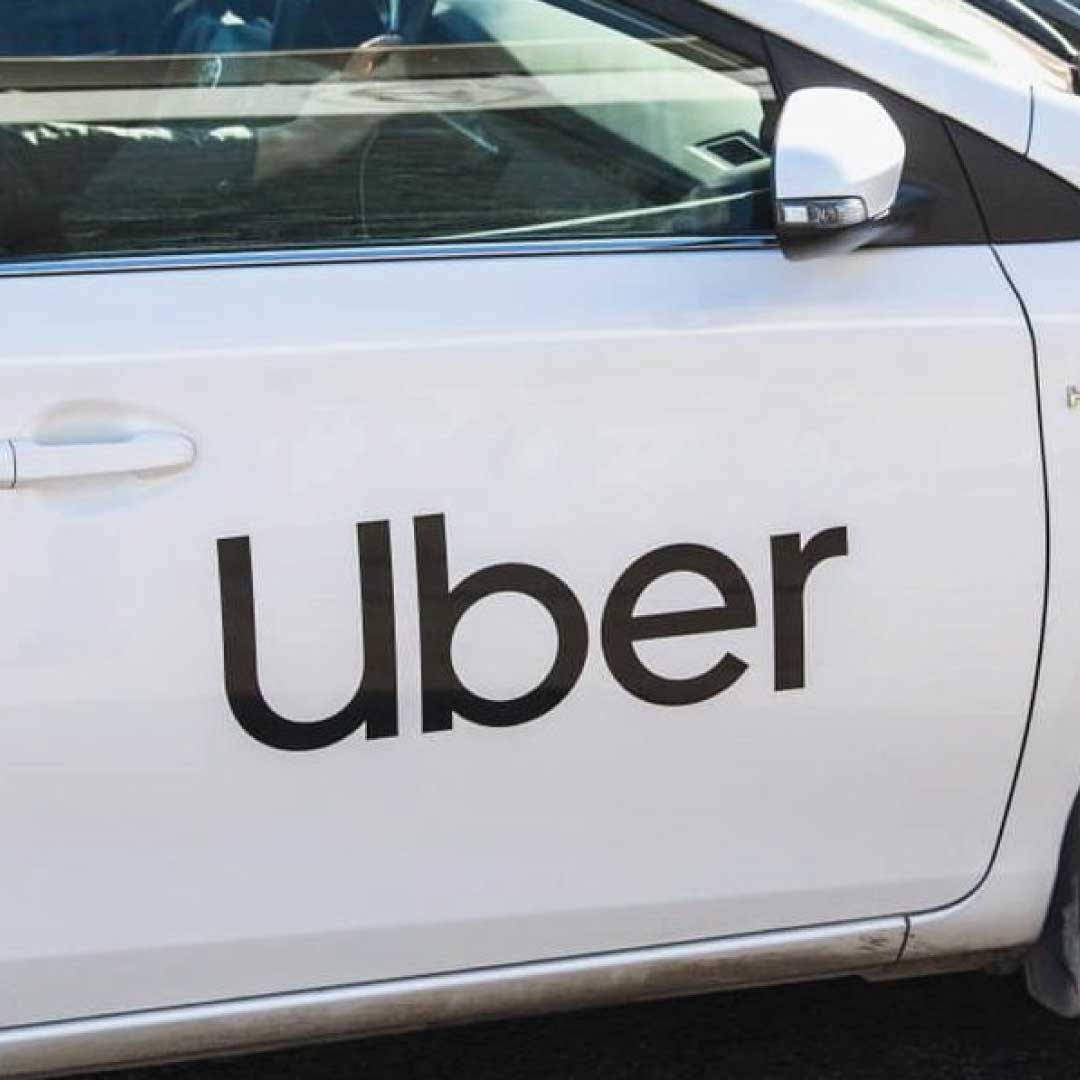Uber, the pioneering ride-hailing and food delivery company, has marked a significant milestone by announcing its first full-year profit.
This achievement comes on the heels of a substantial rise in bookings, particularly during the last three months of 2023. Let’s delve deeper into this remarkable feat and explore the factors contributing to Uber’s success.
Read also: Uber Commences Electric Car Services
Rising Bookings Propel Uber Towards Profitability
Uber’s journey towards profitability has been characterized by strategic adaptations and relentless innovation. The company’s latest financial triumph can be attributed to a notable surge in bookings, which surged by more than a fifth during the final quarter of 2023. This surge reflects the resilience and adaptability of Uber’s business model in navigating dynamic market conditions and consumer preferences.
One key driver behind Uber’s increased bookings is its diversified portfolio of services. Beyond its core ride-hailing business, Uber has expanded into the lucrative realm of food delivery with services like Uber Eats. This diversification not only caters to evolving consumer demands but also provides additional revenue streams, bolstering the company’s overall financial performance.
Technological Innovations Enhance Efficiency
Uber’s commitment to technological innovation has played a pivotal role in optimizing operations and enhancing efficiency. From algorithmic route optimization to real-time demand forecasting, Uber leverages cutting-edge technology to streamline processes and deliver seamless experiences for both drivers and passengers. Such innovations not only drive cost savings but also contribute to the overall profitability of the business.
Collaborations and strategic partnerships have been instrumental in Uber’s quest for profitability. By forging alliances with key stakeholders, including restaurants, retailers, and local businesses, Uber has expanded its reach and market penetration. These partnerships not only drive incremental bookings but also foster brand loyalty and customer engagement, laying the groundwork for sustained growth and profitability.
In addition to top-line growth strategies, Uber has remained steadfast in its commitment to cost optimization and operational efficiency. Through initiatives such as driver incentives restructuring and dynamic pricing algorithms, Uber seeks to strike a balance between revenue generation and cost containment. By closely monitoring expenses and fine-tuning resource allocation, Uber aims to maximize profitability while maintaining service quality standards.
Uber’s pursuit of profitability extends beyond domestic markets, with a keen focus on international expansion and growth opportunities. By tapping into emerging markets and leveraging local insights, Uber aims to capture market share and drive revenue growth on a global scale. This strategic approach not only diversifies revenue streams but also mitigates risks associated with regional economic fluctuations.
Lastly, Uber’s achievement of its first full-year profit represents a significant milestone in the company’s journey towards sustainable success. Fueled by a surge in bookings, strategic diversification, technological innovations, and cost optimization efforts, Uber has demonstrated its resilience and adaptability in navigating the complexities of the modern marketplace. As the company continues to expand its footprint and explore new avenues for growth, its commitment to profitability remains unwavering, laying a solid foundation for future prosperity and innovation in the ever-evolving mobility and delivery landscape.
















